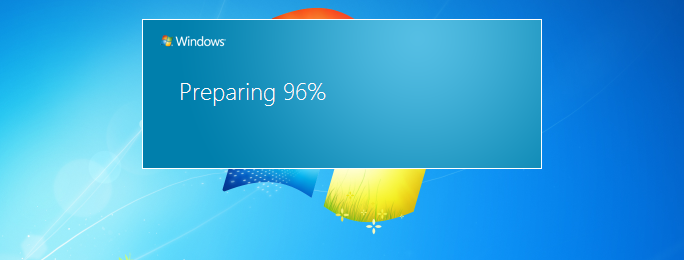
Uninstall Windows 8 and restore Windows 7
| Important: Before you start, make sure you backup all of your important data and have in hand the installation media for any program that you may want to reinstall later — this is just in case something doesn’t go as expected, because there is a reason for Microsoft not to support this process at this time. |
1. First, while in Windows 8 Developer Preview, go to Computer, in the Hard Disk Drives area, double-click Local Disk C:, and determine whether the Windows.OLD folder exists.
| Important: If the Windows.OLD folder does not exist, you cannot continue with this process to restore the previous Windows installation to this computer. |
2. Right-click the Windows.OLD folder, and click Properties to determine whether the Windows.OLD folder is smaller that the free space available in the Local Disk C:.
| Note: If the Windows.OLD folder is twice the large of the free available space in the Local Disk C:, you may not be able to restore Windows 7. |
3. Next, insert the Windows 7 DVD or USB bootable drive in your computer, restart and when you are asked, press any key to start the installation process.
4. In the Install Windows box, select your settings for language, time, etc., and then click Next.
5. In the next step click Repair your computer in the bottom-left corner of the window.
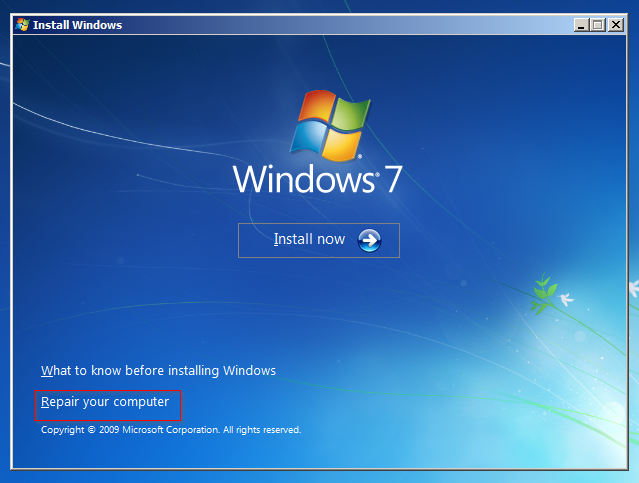
6. Now, in the System Recovery Options window, click Windows 8 Developer Preview operating system, and then click Next.
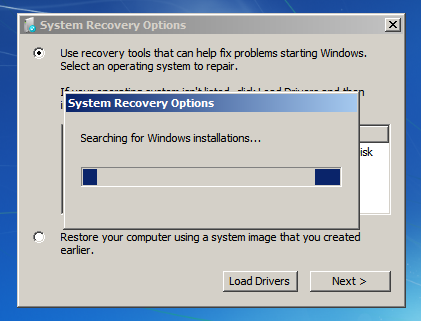
7. In the System Recovery Options window, click Command Prompt – The command prompt is the tool you are going to use to restore Windows 7.
You may start in X:\Sources>, you need to enter the drive letter where Windows 8 is installed, it should be in C: but this wasn’t my case, I actually had to test letter-by-letter, until I landed in the correct drive letter, which for me was D:. -How did I know that it was D:? Because each time I tried different letters I got the message: The system cannot find the drive specified. Then when I successfully landed on D:, I typed the command dirWindows.OLD were there. and all the Windows 8 installation files, plus the
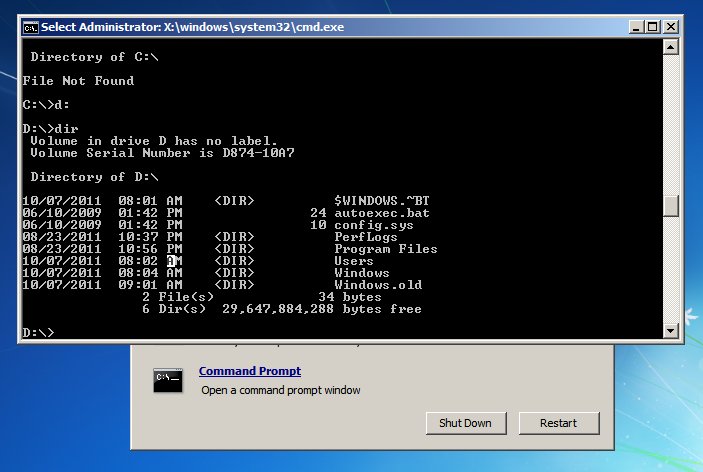
8. Type the following commands at the command prompt:
Type the following and press Enter:
ren Windows Windows.8
Type the following and press Enter:
ren “Program Files” “Program Files.8″
Type the following and press Enter:
ren “Users” “Users.8″
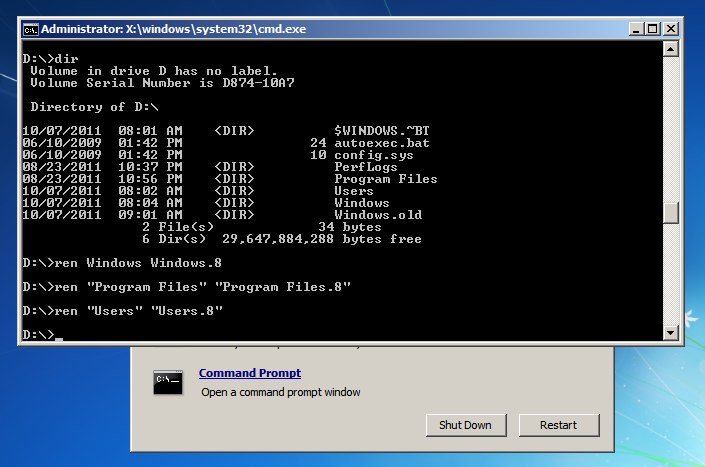
9. Copy the contents or move the contents of the Windows.OLD folder:
Type the following and press Enter:
move /y D:\windows.old\windows D:\
Type the following and press Enter:
move /y “D:\windows.old\program files” D:\
Type the following and press Enter:
move /y D:\windows.old\users D:\
| Important: Change D:\ in the command described above with the drive letter that applies to your drive where Windows 8 is installed. |
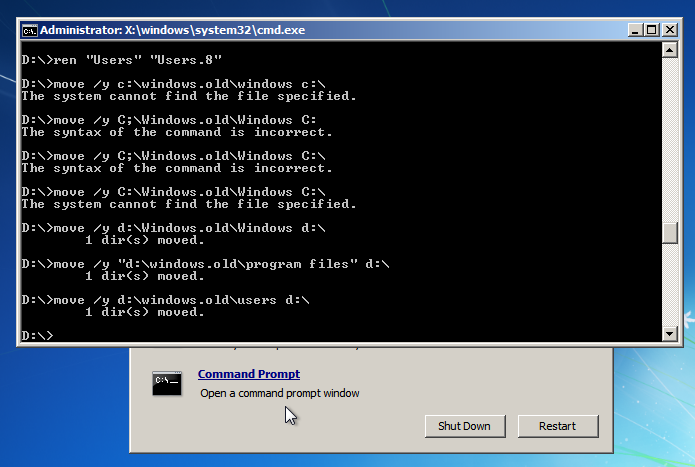
10. Go to the Windows 7 installation media drive. This step is a little bit tricky, at the beginning I thought that X:\
was the drive letter for the Windows 7 installation media, but it
turned out that it wasn’t, you’ll need to scan once again, like in step
8, for the drive letter of the CD/DVD-ROM drive, in my case was E:\. You’ll know if it is the CD/DVD-ROM drive, because when you type the command dir you’ll see these files and folders: boot, bootmgr, setup.ext, sources, upgrade, etc.
12. Now you need to restore the boot sector for the previous Windows installation.
Type the following command and press Enter:
boot\bootsect /nt60 D:\
| Important: Replace D:\ with drive letter where Windows 8 Developer Preview is installed. |
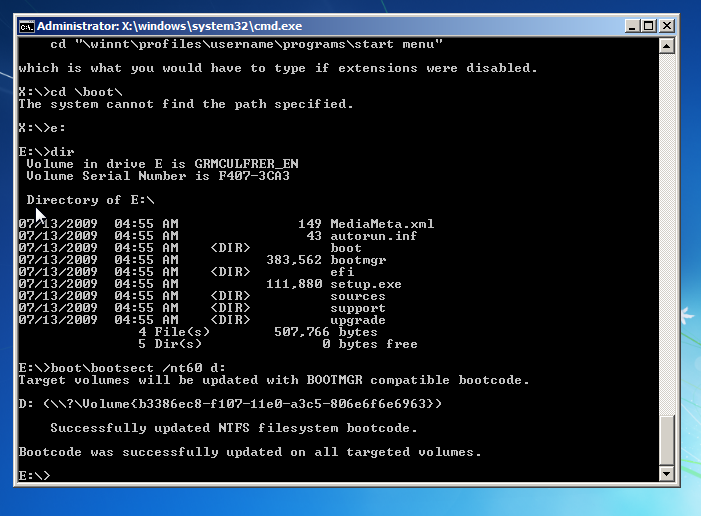
13. Last type Exit to close the command prompt and click Restart.
Don’t forget to remove the Windows 7 DVD or USB bootable drive from
your computer. And now you are done, you just uninstall Windows 8
Developer Preview and restore Windows 7.
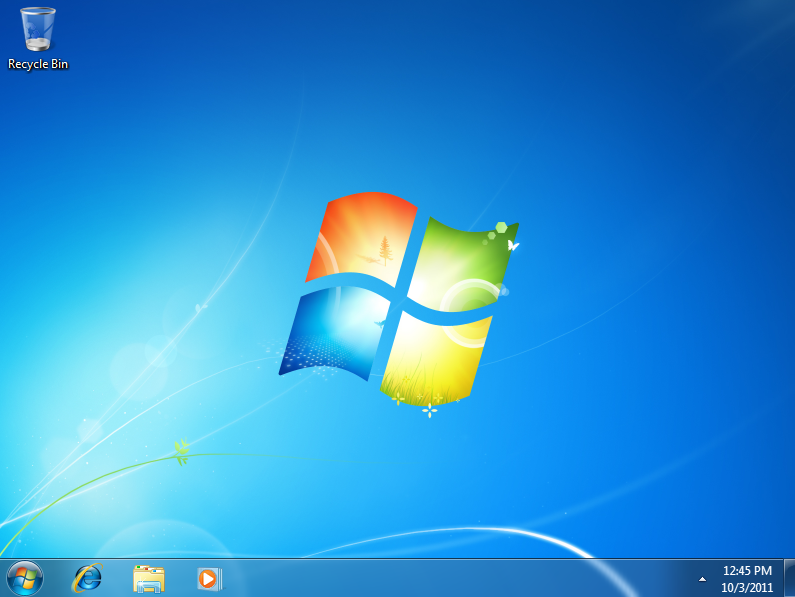
If everything went well, but you forgot to backup some of the files, you may find them in the renamed folders, open the Run command and type: C:\Users.8 to find documents and files, and C:\Windows.8 to
find the previous installation files of Windows 8. Also note that
applications installed while you had Windows 8 may stop working after
the process.
Now that you are back to Windows 7 you can just be done, but if you
want to tweak the system a little bit more, you can remove the Windows
Developer Preview entry from the boot menu. To do this, go to Start  , type and open the Run command, type msconfig, navigate to the Boot tab, select Windows Developer Preview (recovered) (C:\Windows.8), click Delete, Apply and then OK.
, type and open the Run command, type msconfig, navigate to the Boot tab, select Windows Developer Preview (recovered) (C:\Windows.8), click Delete, Apply and then OK.
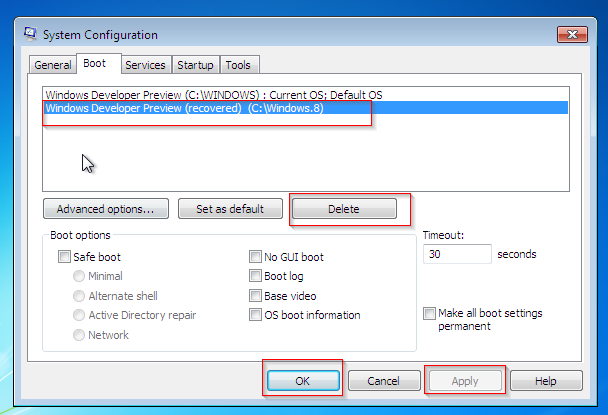
Now, if you would like to reclaim the space used by the installation
of Windows 8, you’ll need to repeat steps 3 to 6. If you get the
message that there are some problems found, just click Cancel — in the next step we’ll make that go away –, then click Command Prompt and type the following:
rd windows.old /s /q
rd windows.8 /s /q
rd “program files.8″ /s /q
rd users.8 /s /q
rd /$windows.~bt /s /q
exit
rd windows.8 /s /q
rd “program files.8″ /s /q
rd users.8 /s /q
rd /$windows.~bt /s /q
exit
Now click Restart to finish
I noticed that after you do this, Internet Explorer, Windows
Explorer, and Windows Media Player pinned links might break, but don’t
worry these applications still in your system, just remove the blank
pinned links, open the applications and pinned them back to the
taskbar, if you need to.
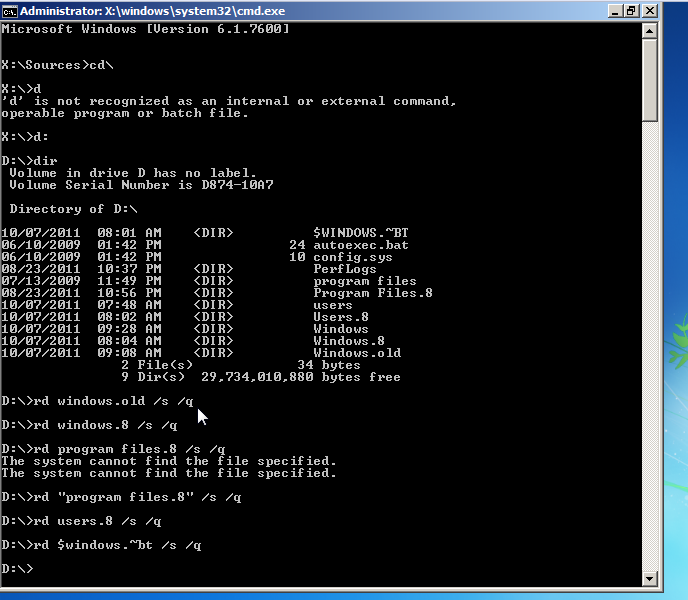
Last, if you didn’t like to see the label Windows Developer Preview (C:\Windows): Current OS; Default OS,
as the label for Windows 7 in the msconfig, you can easy change this
back to the label Windows 7 by downloading and installing an
application called EasyBCD. Launch the application, click Edit Boot Menu, select Windows Developer Preview, click Rename and type Windows 7, and finally click Save Settings.
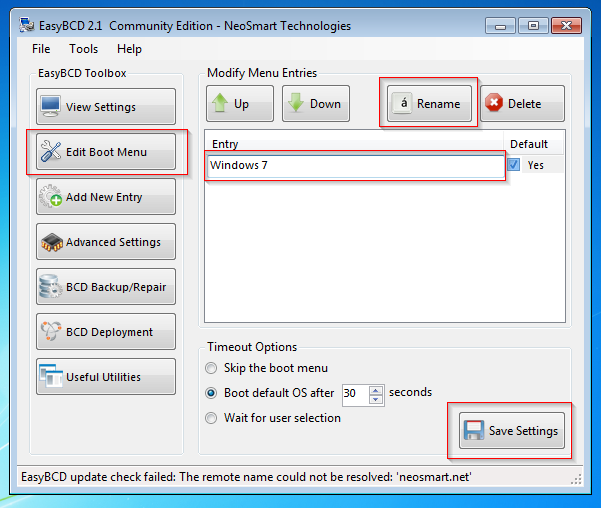
I hope this helps to anyone that encounter themselves in this
situation where uninstall Windows 8 Developer Preview and restore
Windows 7 is necessary. Just remember to never install or upgrade to an
operating system that has not been officially released and doesn’t have
any official support.
Be the first to leave a comment or leave questions about how to uninstall Windows 8.












0 comments:
Post a Comment